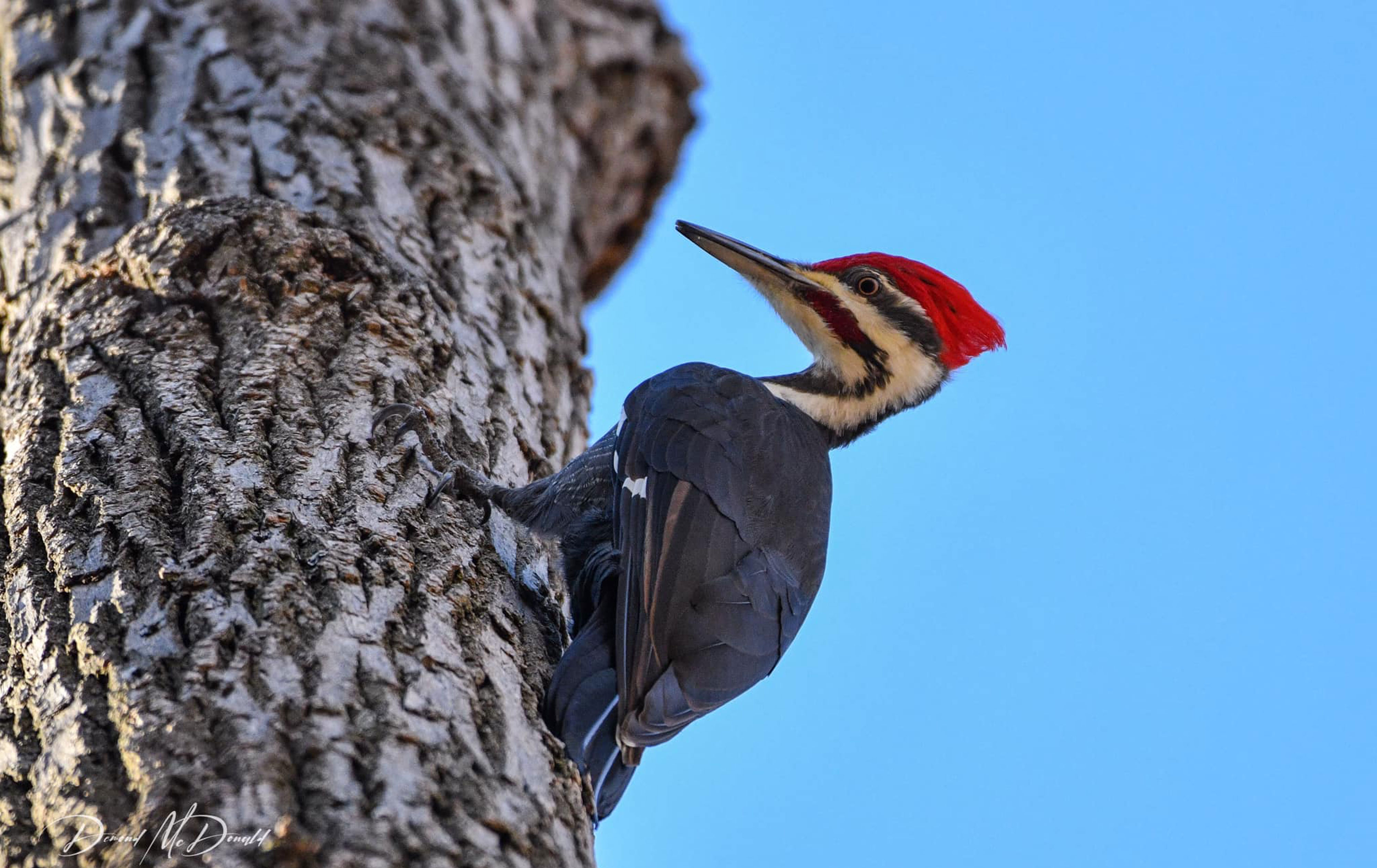Uncovering Woodpeckers in Florida: Variety Variety and Nature
Uncovering Woodpeckers in Florida: Variety Variety and Nature
Blog Article
Woodpeckers Unleashed: Checking Out the Wonders of These Proficient Tree Climbers
Woodpeckers, with their unique markings and rhythmic drumming resembling with wooded areas, hold an unique area in the bird world. Their specialized anatomy and adaptations allow them to browse vertical surface areas with unequaled skill. Nonetheless, their mastery of tree climbing is simply one aspect of their remarkable behavior. As we dive into the detailed details of woodpeckers' nesting routines, feeding techniques, and the continuous preservation efforts to secure these remarkable birds, a much deeper appreciation for their location in nature unravels.
Makeup and Adaptations
When examining the composition and adaptations of woodpeckers, one can observe impressive attributes that enable these birds to flourish in their specialized environmental specific niche. Woodpeckers are outfitted with a collection of unique anatomical qualities that help them in their woodpecking habits. Among one of the most famous attributes is their strong, chisel-like beak, which is specialized for exploration right into wood to discover pests or produce nesting tooth cavities. This beak is sustained by solid neck muscle mass and an extremely established head structure that functions as a shock absorber, enabling woodpeckers to continuously eat trees without triggering brain injury. Furthermore, woodpeckers have zygodactyl feet, with two toes facing forward and 2 encountering in reverse, supplying a company hold on tree trunks while they browse for food or drum for communication.
In addition, woodpeckers have a special tongue structure that is long, barbed, and sticky, enabling them to remove bugs from crevices in timber. This specific adaptation permits woodpeckers to make use of a food resource that is unattainable to numerous various other bird types. Overall, the makeup and adaptations of woodpeckers display the exceptional evolutionary remedies that have permitted these birds to prosper in their arboreal habitat.
Drumming Habits
Having checked out the anatomy and adjustments of woodpeckers, the focus now changes to comprehending their drumming behavior, an unique aspect of their communication and territorial display screens. Drumming is a crucial form of communication amongst woodpeckers, serving several purposes such as establishing areas, bring in companions, and signaling alarm system. Each woodpecker species has a special drumming pattern that aids people recognize participants of their very own types and identify them from competitors or predators.
Woodpeckers generate drumming sounds by quickly pecking on powerful surface areas such as click this dead trees, utility poles, or also metal items, developing a series of rhythmic beats. The intensity and rate of drumming can differ based on the function; for circumstances, a quick drumming sequence may symbolize aggressiveness towards trespassers, while a slower and softer drumming pattern might indicate courtship (Woodpeckers in Florida). In addition, woodpeckers may change the frequency and period of their drumming to share specific messages efficiently
Nesting Routines
Discovering the nesting habits of woodpeckers reveals interesting insights into their reproductive habits and environment selections. Woodpeckers are recognized for their unique nesting preferences, typically digging deep into dental caries in trees to develop protected click for source rooms for elevating their young. These dental caries offer not just as a nesting website yet additionally as a safe and secure haven from killers and stormy climate.
Woodpeckers show a high degree of fidelity to their nesting websites, usually going back to the very same area every year. This habits highlights the value of appropriate habitat accessibility for their reproductive success. The selection of a nesting site is crucial for woodpeckers, with factors such as tree varieties, elevation, and decay stage playing significant duties in their decision-making procedure.
Surprisingly, some woodpecker varieties are understood to dig deep into multiple cavities within their area, providing themselves with alternative nesting alternatives. This strategy may serve as a type of insurance versus possible threats or disruptions to their key nesting website.
)
Feeding Methods
One of the most unique feeding actions of woodpeckers is drumming, which includes fast pecking on trees to uncover pests underneath the bark. Woodpeckers are also recognized to dig deep into tooth cavities in trees to accessibility hidden insect larvae or sap. Some varieties, like the acorn woodpecker, store nuts in specially produced openings called granaries.
Preservation Efforts
Among the detailed feeding strategies showed by woodpeckers, the conservation efforts intended at safeguarding these fascinating birds play an essential role in protecting their environments and populaces. Woodpeckers face numerous risks to their survival, consisting of environment loss due to deforestation, climate modification modifying their ecological communities, and crashes with manufactured structures such as structures and automobiles - Woodpeckers in Florida. Guardians are proactively functioning to address these obstacles and ensure the lasting wellness of woodpecker species

Education and public recognition campaigns are additionally essential components of woodpecker preservation initiatives. By raising recognition regarding the value of these birds in preserving healthy forest ecosystems, conservationists can gather support for habitat conservation initiatives and advertise liable land administration methods. Via collaborative initiatives in between researchers, policymakers, and neighborhood areas, we can work together to try this website protect a future where woodpeckers grow in their natural environments.
Conclusion

Report this page